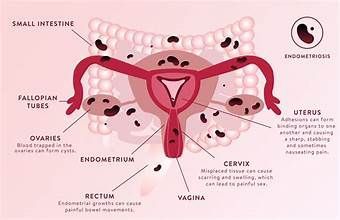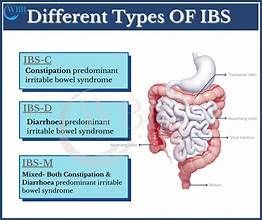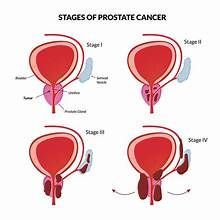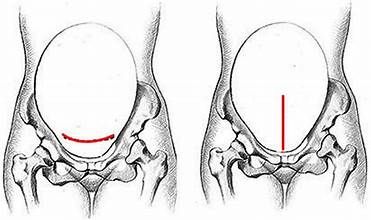Marathon Training Tips
This is a subtitle for your new post

These tips are for you if:
- You are a runner struggling with injury after injury
- You are new to running and training for the 5K
- You are returning to running after some time off, or postpartum
- You mastered one race distance and are building endurance to complete the next distance benchmark
- You are training to hit a PR in your distance of choice
- You don’t really care about your finish time but it’s a bucket list thing so here you are
- You are contemplating making casual running part of your exercise routine (beware, it’s highly addictive)
Tips for getting the most from your training:
- Variety is key
- Follow the 10% rule
- Switch up your footwear
Variety is key
Organize your training schedule with several types of workouts each week.
Running is the main character, but you’ll get injured, burn out, or lose the ability to progress if all you ever do is run. Your gains are made from strength and power training, low impact cross training, mobility work, and breathwork. You should do all of these throughout the week.
Even your running needs to show variety: long slow distance, interval training, tempo runs, and sprints. This will include several different cadences, ground reaction times, cardiorespiratory demands, and joint/tendon impacts. If you are serious about performance, you may need to address 2 aspects of training each day. Perform them back to back for a longer training session, or allow for 6 hours between workouts for adequate recovery. Before you start two-a-days, be aware that a high impact/heavy work out within 2 hours of sleep can interfere with your ability to enter deep sleep - more on that later.
Example training schedule:
Monday: Strength training + core + breathwork.
Tuesday: Tempo run + that thing your PT wants you to work on.
Wednesday: Cross train (bike, rower, etc) + strength training + core
Thursday: Interval run or some miles followed by hill repeats + yoga flow
Friday : Strength training + low impact cross training + breathwork
Saturday: long slow distance run
Sunday: yoga flow + that thing your PT wants you to work on
This is an example, your training program may be vastly different from this and still be perfect for your needs and training goal. A physio versed in endurance sports can help you create an individualized plan if you are having trouble.
Follow the 10% rule
When progressing weekly mileage, stick to a 10% increase each week.
(BTW 3 bike miles = 1 running mile, and 1 swimming mile = 3 running miles)
If you keep getting injured every time you get 1 month deep into training, you may be progressing yourself too quickly.
This is going to feel painfully slow for most folks, but it will significantly reduce your chance of injury and give you the best long term outcome. Start where you are currently, divide by 10%, and add this amount to next week’s target. If you know you can only run 3x/wk due to your schedule, divide your target by 3 and this takes the guesswork out of how many miles you should run on a particular day.
Yes, this means you need to spend a few extra minutes each week thinking about your training. Yes, you need to start your training several weeks/months in advance. Yes, if you haven't already started training for the LR marathon, it might be unrealistic to cram your training into 6 weeks. Good news for you, there are several other races in Central Arkansas later this year you absolutely can and should train for.
Example progression:
Week 1: let’s say you are starting at 10 miles per week
Week 2: 11 miles per week
Week 3: 12.1 miles per week
Week 4: 13.31 miles per week
Week 5: 14.64 miles per week
Week 6: 16.1 miles per week
Week 7: 17.71 miles per week
Week 8: 19.48 miles per week
Etc…
You get to break these down however you want between running, distance, intervals, biking, etc.
Switch up your footwear
Work with a shoe specialist or physio to find what works for you, and don’t worry about what shoes Becky with the good hair is wearing.
There’s such a huge debate on whether footwear truly matters or not, minimalist vs corrective footwear, zero drop, the list goes on. What really matters is you have 2 good pairs of shoes (different models) that feel good to your feet and joints that you can alternate between.
Shoes are constructed from foam. When we run, that foam compresses and requires 48 hours to bounce back. Additionally, the muscles in our feet, ankles, hips, and core work differently depending on the shoe we have on (think about walking in high heels vs barefoot). Alternating shoes every run will 1) get you more miles out of your running shoes (cost saving in the long run) and 2) prevent overuse injuries from repeatedly placing increased demand on certain tissues.
Like tires, shoes need replacing. A general guideline is to replace running shoes every 300-500 miles depending on the model. You don’t have to buy the latest model, in fact you can often find last year’s model of any shoe on clearance online to save some dollars.
You may choose one minimalist shoe and one cushion shoe. Or maybe two corrective shoes are better for you if your over-supination causes you to twist your ankle every time you step on a crack in the sidewalk. You are the expert of your own body and everyone’s needs are different, so listen to what feels good for you. It may take some trial and error, and that’s normal. There is no one best recommendation for everyone.
And before each run, show gratitude and give yourself grace.
Your weekly mileage depends on several factors, so try not to compare yourself to your friends who may be training for the same race, OR who may have been training several years longer than you, OR who may not have recently undergone significant changes to their body associated with growing and birthing a tiny human and the sleep deprivation associated with raising said human.
When discussing training programs and running in general, it’s also important to recognize it’s a privilege to be a runner. Running requires adequate nutrition, abundant time, a safe environment, and an able body. Take some time to show gratitude for the things that got you here next time you hit the road.










